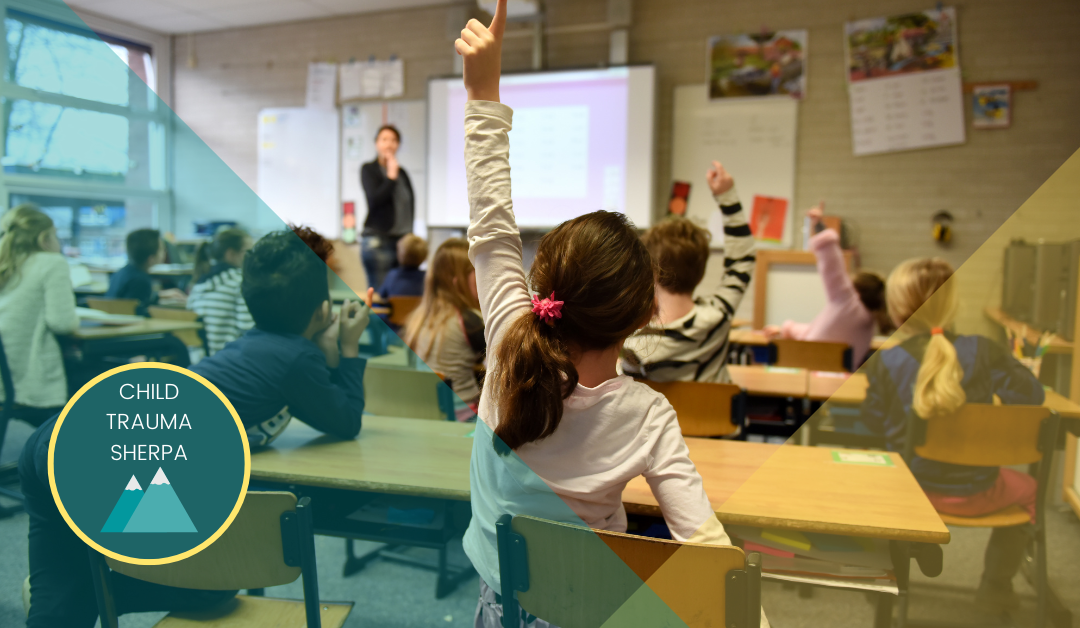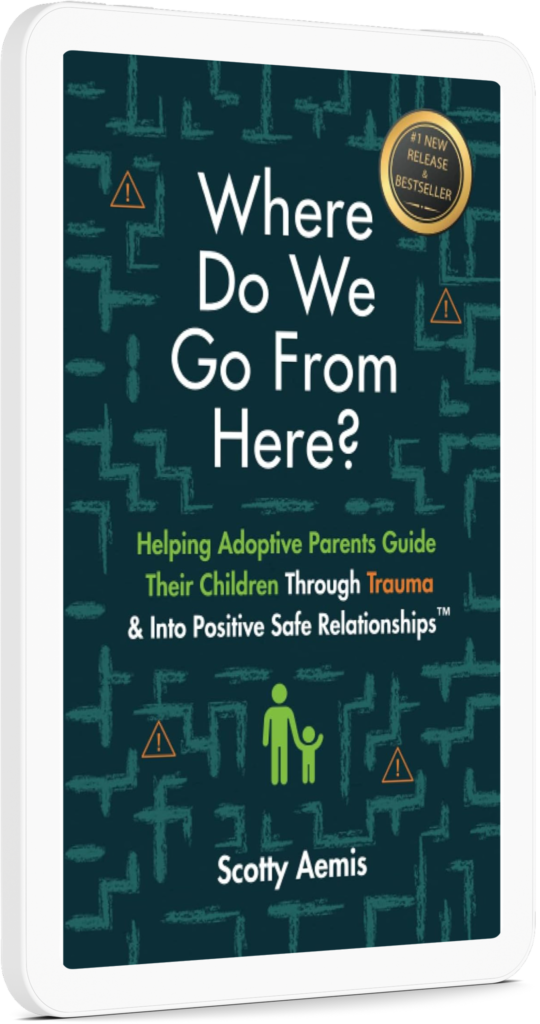8 Steps to Creating a Classroom that Helps All Students get Grounded and Ready to Learn
When you think of an elementary classroom, a typical setting comes to mind. You see small desks, often lined up or grouped together. They have the child’s name taped to the top of the desk and storage underneath for each child’s school supplies. There is a whiteboard at the front of the room with the day’s schedule and notes from one of the lessons of the day. There are decorated boards displaying student of the month, alphabet banners, and the like.
But what many don’t often picture is a calming corner filled with items and materials to help students self-regulate. Or even items sprinkled throughout the room reminding each student that they matter and that their thoughts are beautiful.
Here are some of our favorite items every teacher needs to create a peaceful, calming, and trauma-informed classroom.
1 | Calming Corner
Designate one corner of your room as a calming corner, or peace space. You’ll fill this space with items (we’ll get to that in a second) that help students take a “brain break” to self-regulate and calm down when needed. This space should be inviting, comfortable, and welcoming to all. A rug can make the space comfortable while drawers and carts can keep items organized. Include a table or space for students to be able to sit at and work with some of the items.
If a child is already in the calming corner, but another needs to use it, have a portable peace container that allows another student the ability to self-regulate with calming tools in another area of the classroom.
Students should be encouraged to visit this space whenever they need it and never punished for heading over there at any time. Dysregulation can cause students to be disruptive, so allowing them the time to self-regulate can help them come back ready to focus on the work ahead.
2 | Items to Fill Your Calming Corner With
Here are some ideas of items to fill your calming corner with:
- A sheet that allows students to check in with what they feel to help them better understand their current state of emotions
- Fidget toys
- Coloring pages with crayons, colored pencils, and markers
- Books
- Stuffed animals
- Blocks
- Sticker books
- Other items that allow for quiet activity
3 | Plants and Greenery
Green is a naturally calming and grounding color so it can be an important color to decorate your room with. Adding real or fake plants to your room can also help bring in an element of nature and life to the room, making your classroom feel less hard and cold.
4 | Posters of Inclusivity
Hang up posters that encourage inclusivity. These posters should have positive affirmations, reminding students that each of them matters and that their thoughts are beautiful. Display reminders that your class is a family, and that everyone is there to support each other, creating a space that thrives on mutual accountability (including the teacher).
5 | Flexible Seating
Flexible seating options should be available. While each student has their desk and their space, offer other options throughout the room so that if a student wishes to take a break from the rigidness of their desk, they can. This can be portable seating that can be pulled out and put away as needed. To allow for space for this flexible seating, keep your classroom as open and clutter free as possible.
6 | Yoga Zone
Create a yoga zone where students can practice yoga or mindfulness as needed. Hang posters with yoga poses or instructions on how to practice mindfulness and have a yoga mat or two available for use.
7 | Start the Day with Low Lighting
Many classrooms are lit with harsh fluorescent lights. Bring in lamps with warm light to place around the room. Diffuse harsh sunlight from windows with white cotton curtains to create a room with lower, diffused, and glowy lighting that can help children from becoming overstimulated. Keep the lighting low like this as students come in for the day, then turn up the brighter lights when you are ready for the academic part of the day.
8 | Sounds and Smells
Add a diffuser with calming scents and run it at the start of the day to help students stay grounded through the transition period of starting the school day. Also play soft, relaxing music to help students stay calm and grounded.
Final Thoughts
The goal is to create a space where everyone feels welcomed and grounded upon walking through the door. At the beginning of the school year, give a lesson on what it means to take a break in the calming corner and how you know you need a break. Keep a couple of sand timers that allow students to keep track of their time spent self-regulating. When the sand runs out, students should be encouraged to return to the lesson. Couple that with building a positive, safe relationship with each of your students, and you’ll have created a peaceful and trauma-informed classroom where students feel regulated, calm, and ready to learn.


